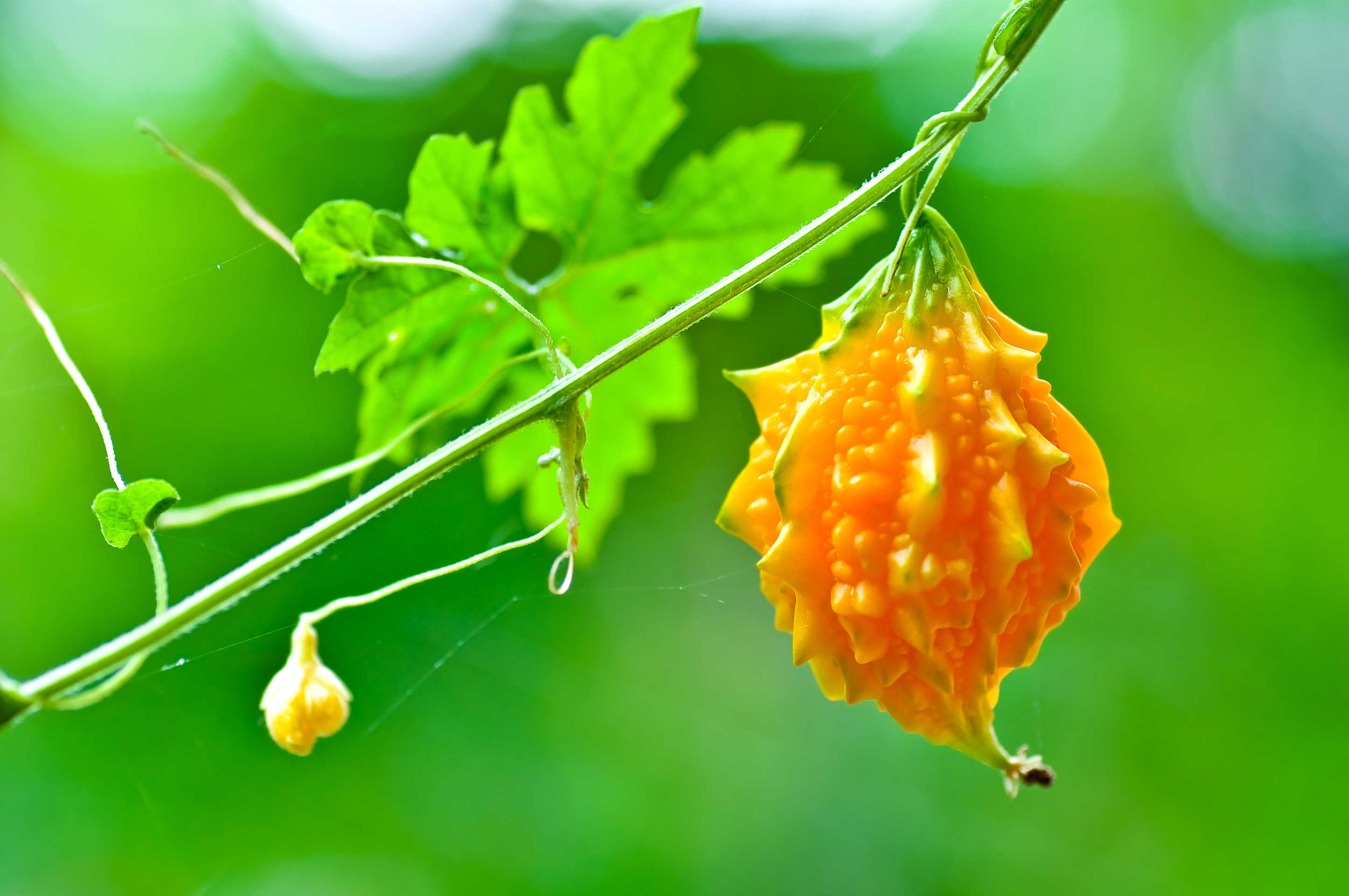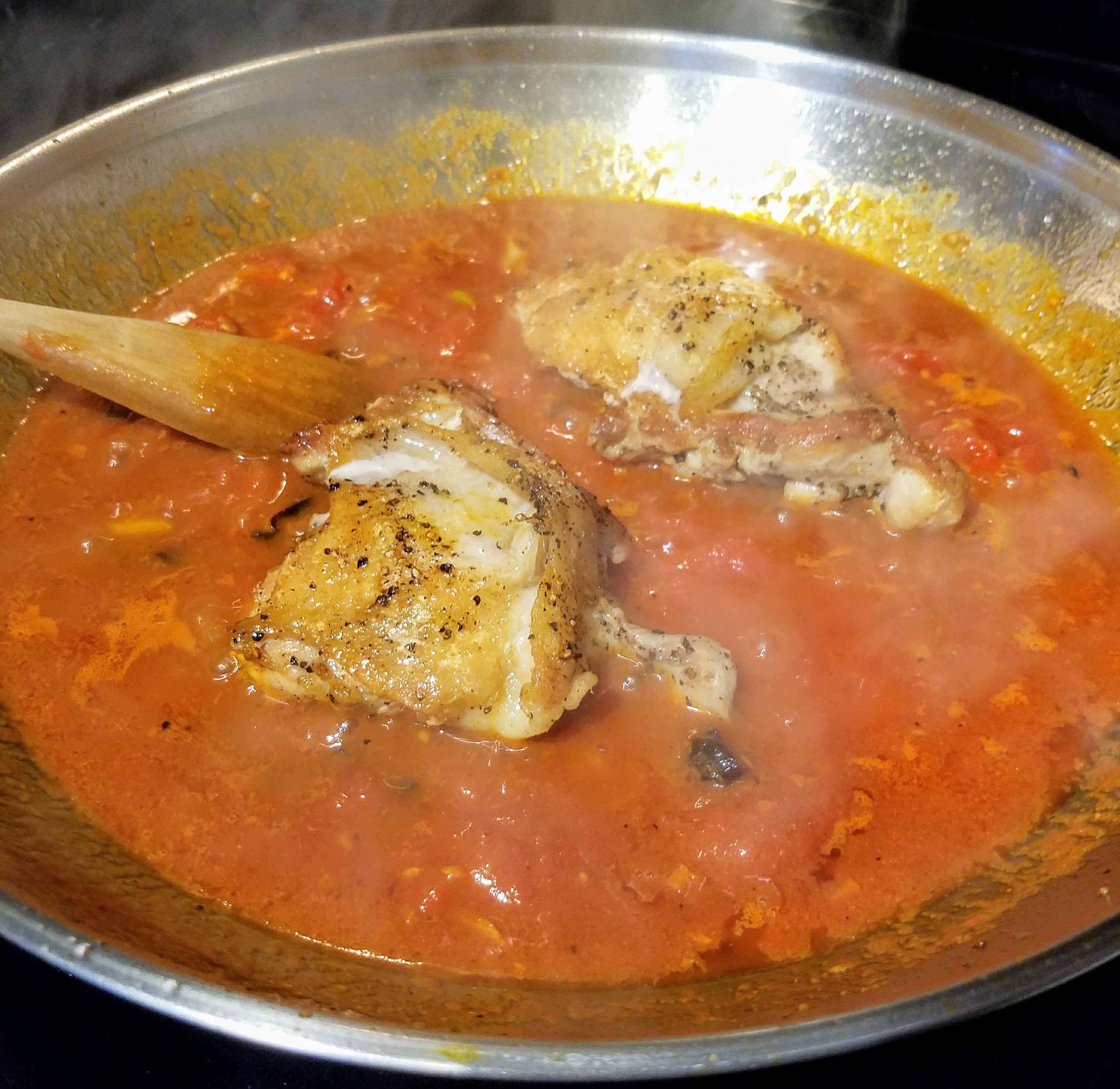My father recently took a course at the local cooperative extension on Chinese Medicinal Herb Production in the  United States. In this talk, he learned about the different herbs that could be grown for sale and decided that he might consider adding this to the current garden as a revenue stream. I am highly interested in this and agreed to aid in some seed starting; first sown are the seeds for the Bitter Melon.
United States. In this talk, he learned about the different herbs that could be grown for sale and decided that he might consider adding this to the current garden as a revenue stream. I am highly interested in this and agreed to aid in some seed starting; first sown are the seeds for the Bitter Melon.
Growing a Bitter Melon
In considering the part I will play in this venture, which will likely be minimal at the outset and as more of a thinker than a doer, I wanted to learn more about the growth, use and storage of this fruit.
There is a fantastic article on the bitter melon from BonniePlants.com and I will distill it down to the basics:
- vines grow 13-16 feet long and prefer to be trellised
- bitter melon perfers fertile, well-drained soil with a pH between 5.5-6.7
- thrives in heat and humidity
- has both male and female flowers, so no worries if you find dropped blooms below the vines, these are likely the male blooms
- the fruit is prone to rot if too moist, trellising helps reduce this issue
- watch for and remediate spotted and striped cucumber beetles
I have started six plants at this time, four of which my father will plant in the main gardens and the rest I will plant to climb over the trellis in my home garden. I simply couldn’t resist the idea after seeing the beautiful leaves and imagining how lush the trellis will look with this plant growing over it!
Use of the Bitter Melon
According to the Bonnie Plants article, the bitter melon doesn’t have specific signals for harvesting and most people will harvest once there are tinges of yellow on the fruit. They also recommend picking the fruits every 2-3 days as this will amp up production for the plants.
The fruit is best used within 3-5 days of harvest for use in cooking and is often stuffed, pickled or curried and added to soups or stews with meat. I’m not sure if we will be using it in this way, though I expect we will try.
The main use we have considered for this is as a tea to support Type 2 Diabetes. My father and mother hover on the line of diabetic and pre-diabetic and due to my own health concerns, I am at high risk for diabetes. As such, something that assists in stabilizing blood sugar without expensive medications is of high interest to all of us.
Bitter Melon Tea
The tea made from dried bitter melon is purported to aid in fortifying immune strength, supporting digestion and regulating blood sugar. I am always cautious in believing claims made by alternative medicinal applications, but since it does have high levels of iron, potassium, vitamin c and b vitamins, I expect that the idea of immune support may be valid. I didn’t find anything on the how of digestive support and the reasoning I did find leaves me curious. The information presented on how the bitter melon supports blood sugar regulation is more convincing as the main mechanism identified is that it simply reducing the craving for sugar and the secondary and less researched theory is that there is a compound within the melon that is similar to insulin that may react in the body in a similar fashion.
Other sources found, purported it as more of a cure-all and if there is one thing I know from avidly listening to Sawbones, it is that a cure-all cures nothing. Whether or not I might find success with the use of bitter melon tea, I’m still going to get my labs done a couple of times per year to monitor my risk.
I’m quite intrigued for this journey and will do my best to keep everyone up to date!
If anyone has experience in this, I’d love to hear about it in the comments section.




